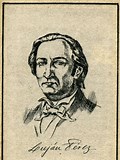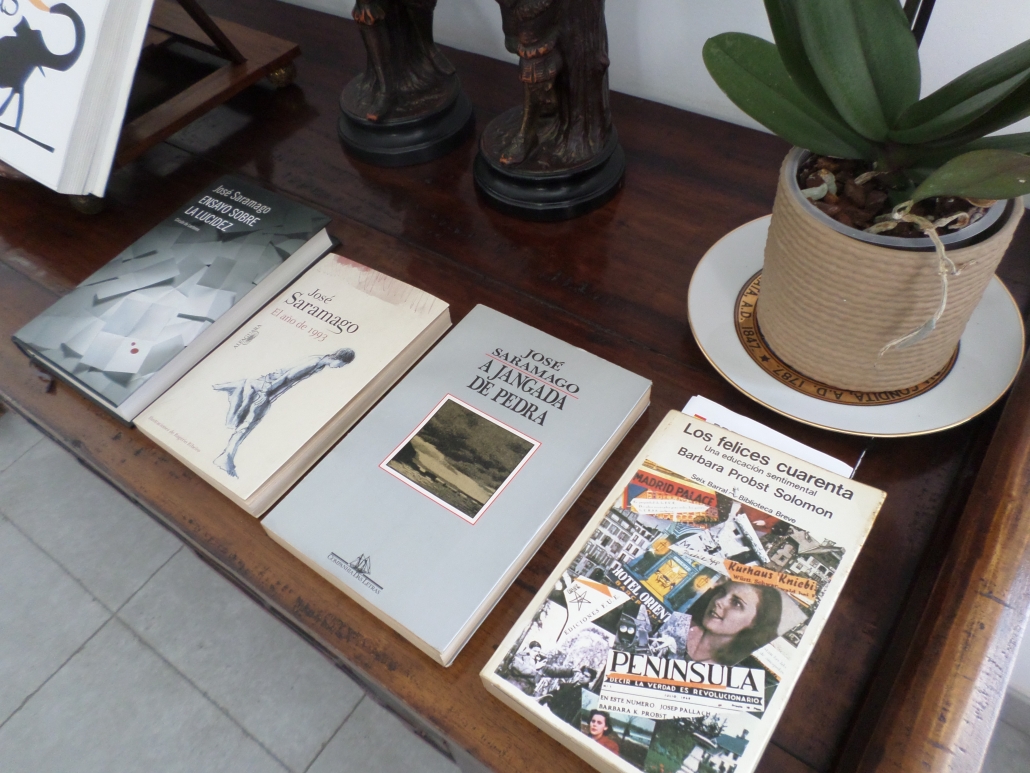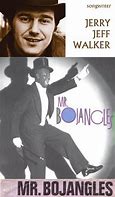LIVING AND BREATHING LANZAROTE ARTS
LIVING AND BREATHING LANZAROTE ARTS

Not surprisingly, this beautiful place with its vibrant colours and its strange sense of timelessness has produced many artists throughout its history and their work has been incorporated into the very structure of the island. Stop in it any little church and you are likely to find the religious iconography complemented by the art works of painters and sculptors such as Jose Lujam Perez (shown left).
Work he produced over the turn of the sixteenth and seventeenth centuries is still on display today, not only on Lanzarote but also throughout The Canary Islands.
However, in the last century, people like Nestor Martin Fernandez de la Torre sought to revive the indigenous Canarian folk art and architectural styles that pre-dated the middle ages and even today, some artists continue to ensure the old traditions don´t disappear.
Driving around the island it is noticeable how even the smallest of towns seem to have their own little art gallery regularly housing exhibitions by their local artists, often reflecting the tensions of the struggle between old and new ways and the constant negotiation for survival with a yielding but demanding landscape. Some villages even feel ´arty,´ and just up the road from us lies Yaiza, which embraces the arts in much the same way as does Hebden Bridge, a town close to where we previously lived, in the foothills of the Pennines in the UK.
The island is still enthralled by the work and attitudes of the late Cesar Manruque, as his work respected the traditional, and somehow simultaneously shaped, the contemporary feel of the island. His Foundation in Taro de Tahiche sets his work alongside pieces by the likes of Joan Miro and Pablo Picasso. Contemporary art can also be found in the atmospheric Castillo de San Jose outside Arrecife, overlooking some of the impressive shore line statues of the kind to be found in Playa Blanca´s unique Underwater Museum, (and similar, as well, to the Anthony Gormley installation, Another Place, of a hundred ´tin men´ statues we remember along Crosby beach on the North West Coast of England.)
The artists and the artisans of Lanzarote have perhaps always worked comfortably together to each complement the work of the other. Certainly the island has museums that reflect the work ethics that enabled the islanders to hone a living from the land and to recover from the volcanic eruptions that so altered irs landscape. There is an agricultural Museum in Tiagua and a Farmers´ Museum in Mozaga and there is also the often overlooked International Miniatures Museum in Haria, In San Bartolome and Arrecife, in Teguise and on Timanfaya there are informative and surprising artefacts on display.
I also love the way the ancient and modern sit side by side in the song and dance that is Lanzarote. The imported Latin rhythms have evolved into contemporary Salsa that somehow remains in step with the old Andalucian dances.
Battling with dance music for a place on the arts scene are classical music concerts. We have been surprised at how well attended have been the several such concert we have seen over here, and have been even more amazed at the quality of the playing. How such a tiny island and a small population can develop so many wonderful players is beyond me. It is tempting to think that the island displays fewer temptations to distract aspiring musicians from their practice than do the nightclubs of the UK but surely the landscape itself urges a player to put away his instrument and simply stand and stare?
The Classical Music Festival each year delivers a programme of showcase concerts across The Canary Islands, and through out January and February each year we review those events that take place here on Lanzarote as the festival presents concerts all over The Canary Islands..
Various musical instruments have long been played played here, including the Timple. This strange, seemingly miniature, five-string guitar accompanies many traditional dances, often being complemented by the playing of castanets.
In fact Lanzarote feels like a living and breathing arts museum and a school of modern arts all woven into one. It has inspired artists like Manrique to creative and innovative heights in many diverse fields, and offers inspiration and encouragement even to virtually unknown but aspirant writers like me.
Having worked as a poet and writer in the UK for all my adult life I am particularly interested in those who have created the literary landscape of Lanzarote. Any writer has to travel to inform his work, shape his perspectives and find his readers and many scriveners who began their careers on their birth place of Lanzarote similarly had to relocate to mainland Spain to achieve commercial and critical success.
Lanzarote lauds its present day writers, though. Poets recite their works occasionally at festivals and at library readings and also at gentle al fresco events such as the one we saw delivered by members of Teguise Library at the town´s El Patio bar last summer. These were Spanish speaking writers but there is, in fact, an ´English´ creative writing group, too, that meets weekly in Costa Teguise.

One such celebrated writer was actually Portuguese. Jose de Sousa Saramago, who was awarded the Nobel Prize For Literature in 1998, died in Tias in 2010. The town is now home to a sculpted tribute to this man who became its adopted son. His often allegorical works took a unique and slightly subversive view of historical events, and his house has been converted into a museum with a library, garden and olive trees.
It was our son in South Korea who brought Jose and his work to our attention, however. Andrew has not yet visited Lanzarote but he was researching his mum and dad´s new homeland when he came across the writer´s work. He immediately Skyped us to tell us all about the award winning writer, having read some of his words on-line. This provided me with another of the countless pieces of evidence that confirm the saying (by American singer Hugh Moffatt) that ´we must intend what we write for light years of travel´. The work of a Portuguese writer who lived on Lanzarote was being discussed by two exiled English people, one living in Asia and the other here on Lanzarote.
I haven´t yet come across the phenomenon of the kind of poetry slams I used to compete in over in the UK but it has been wonderful to spend the past three years writing about this new landscape in poems like All There Is To See and Last Boat Home. My most recent piece, We Each Speak In Words We Know The Other Cannot Understand, looks at the translation and misinterpretation not only between National languages but also between the languages of the generations and genders.
It is wonderful to be so inspired to start writing but it can be frustrating to be so inspired that you cannot then stop writing. This time last year I thought I had completed the text of my next book, called A Life Lived all across the arts. However, there was such a plethora of events here to report on in 2018, offering such scope for compare and contrast with the UK events that comprise the body of the book, that I have, of course run beyond my self-imposed deadline. (Mind you, that also defers my fear of any rejection slip likely to follow its submission to publishers!)
The easing of lockdown will no doubt bring us new artists and events. There are plenty of restaurants around the island that provide live entertainment and, although I don´t usually enjoy cabaret style presentations, I am looking forward to visiting again The Italica restaurant in Matagorda for one of their Wednesday evening ´Rat Pack´ tribute events.
I know I will enjoy the food because we have lunch there every Monday when shopping at the Lidl in PDC and I also know we will enjoy a friendly service from Jorge and his family at a venue that is only yards from the beach.

The original Rat Pack, or some of its individual members, gave me three of my best-remembered and greatest televised arts events I have ever seen. Three Rat Pack individuals gave the performances that led me into music journalism. Sinatra singing a lazy, slightly inebriated Set Ém Up Joe, and asking for ´one for my baby and one more for the road´ has lived in my memory ever since I saw it on mum and dad´s little telly when I was nine or ten years old. Dean Martin´s Little Old Wine Drinker Me, sitting half on and half off of a high bar stool, was another great performance piece but it was Sammy Davis Junior who topped the lot. There is grainy old black and white footage of him singing (and dancing to) Mr. Bojangles and I reckon I saw this at about that same age.
Several years later, almost a grown up, taking my first tentative steps in music journalism, I learned that the song was written by a white American songwriter called Jerry Jeff Walker. I came to interview Jerry Jeff a couple of years later and to talk with him about the writing of the song and its incredible interpretation by Sammy. So, another night in the company of a tribute-act Rat Pack should at least draw on some special memories.




Leave a Reply
Want to join the discussion?Feel free to contribute!